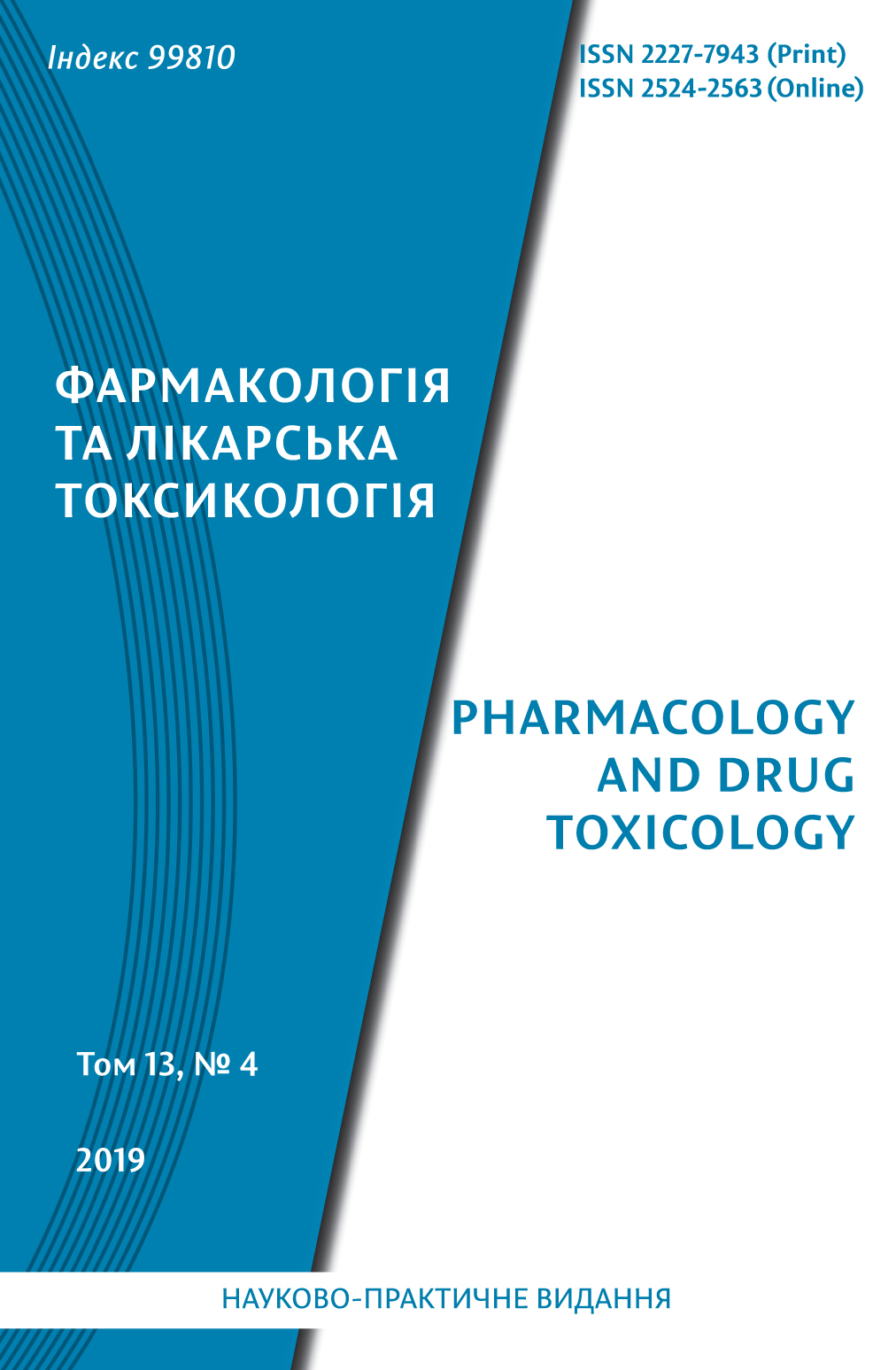Abstract
It has been established that cases of sexual dysfunction are quite common in young and middle-aged men suffering from metabolic syndrome (MS) and obesity, which is an important medical, demographic and social problem. Taking into consideration the growing number of young people with MS, there is an increase in metformin use, which is usually prescribed under these conditions. Current data on the efficacy of metformin for the treatment of male reproductive disorders are quite controversial. Therefore, finding new targets for therapy of MS-related pathologies is one of the most important tasks of modern fundamental and applied medicine. The study aimed to evaluate the efficacy of metformin and its combination with lipoflavone (liposomal form of quercetin) using the main criteria for gonadoprotective action under administration to male rats with MS. Male rats with an initial body weight of 50–70 g, 3 weeks of age were used in experiments. Besides, virgin pubescent females weighing 160–180 g were used to mate with males. Animals were randomized to 4 groups of 12 rats each: 1 – intact; 2 – animals, which instead of drinking water received a 10 % solution of fructose for 60 days (model of MS); 3 – animals with MS that received metformin 266 mg/ kg b. w. in 1% starch gel intragastrically during the last 30 days of fructose intake; 4 – animals with MS and co-administration of metformin in the above regimen and lipoflavone (intraperitoneally at dose of 3,1 mg/ kg b. w. (by quercetin)) during the last 30 days of fructose intake. After 42 days from the start of the experiment, males were paired with intact females. At the end of the mating period, males were decapitated under mild ether anesthesia. The rate of induced by ascorbate thiobarbituric acid product formation and the content of reduced glutathione were determined in the homogenate of the testes. The level of serum ceruloplasmin was determined by the Ravin method. The changes in the absolute mass and volume of testes of rats that consumed a high-fructose diet reflect the degenerative changes in the testicular tubules. Co-administration of metformin and lipoflavone promoted normalization of these indices to control levels. Combined administration of the investigated preparations to rats, in addition to normalizing the effect on the morphometric parameters of the gonads, also contributed to the restoration of sperm count from the caudal part of the epididymis and increase the fertility of male rats. Comparing the results of the embryonic mortality rate study in the females fertilized by the experimental males, we noted the increase in the percentage of pre- and postimplantation death, as well as the overall mortality in the group with MS compared with the control in 1,9; 3 and almost 2 times. It is noteworthy that the administration of metformin did not significantly affect the overall respectively embryonic lethality rates compared to the MS group, whereas in the animals treated with metformin and lipoflavone combination therapy the overall percentage of embryonic losses was lower than 2,3 folds. It has been shown that the implementation into the MS treatment regimen, beside of metformin, lipoflavone contributed to the optimization of gonadoprotective action due to the restoration of the testicular microenvironment pro/antioxidant status, as evidenced by the positive modulation of the testicular antioxidant protection system components (SOD activity, reduced glutathione level) and recovery of steroidogenic activity of the testes. The results of our study suggest that the use of only one metformin is insufficient to correct reproductive disorders caused by MS. It is advisable to use substances with a broader spectrum of therapeutic activity, such as lipoflavone (phosphatidylcholine liposome with quercetin – bioflavonoid with potent antioxidant and anti-inflammatory properties) used in our study.
